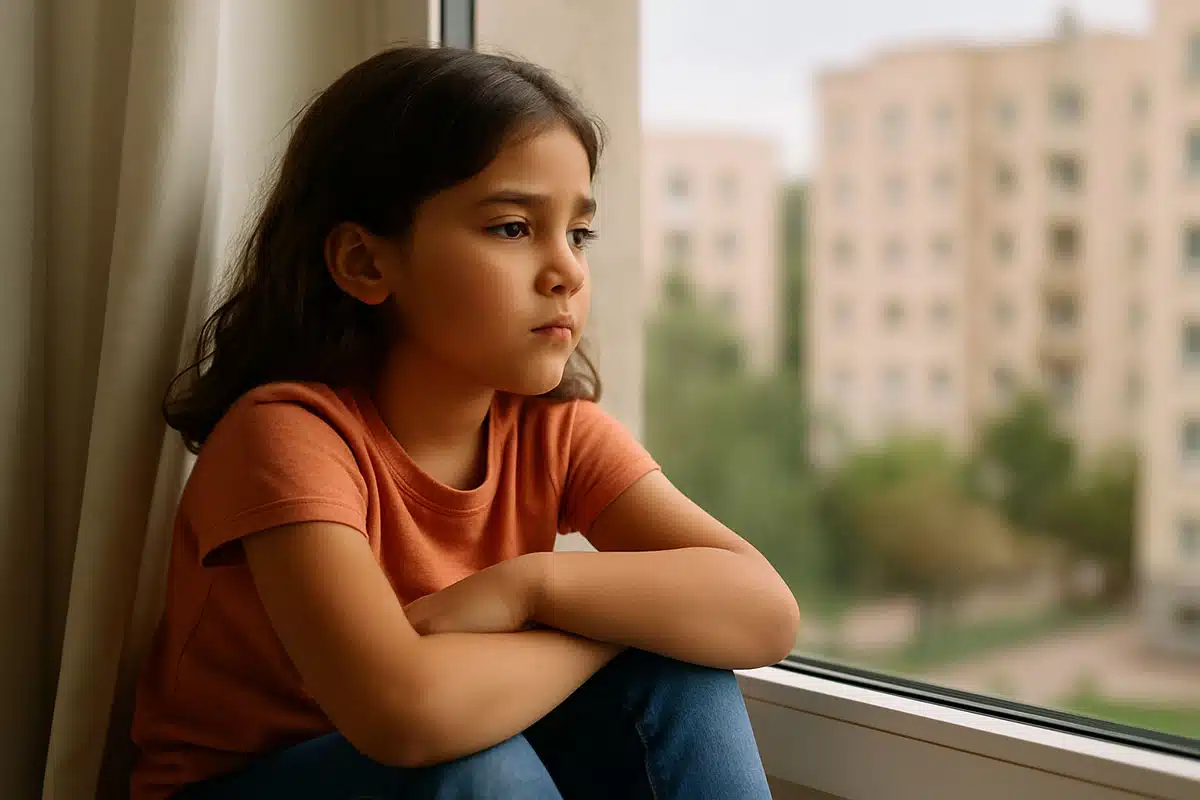
What ADHD Really Feels Like: A Day in the Life of a Distracted Mind
Step inside a child’s mind with ADHD to understand their daily struggles, challenges, and hopes—told with compassion and insight.

Anxiety does not always look the way we expect it to, especially in children. When we think of anxiety, we often picture outward signs such as fidgeting, nail-biting, avoidance or emotional outbursts. But for many kids, anxiety hides behind silence, perfectionism or even a polite smile. These are children who do not disrupt the classroom, do not act out at home and may never say a word about the worry quietly building inside them.
At Pediatric Consultations, we know that anxiety can wear many faces, and some of them are harder to see.
Internalized anxiety often flies under the radar. These children tend to bottle their worries instead of expressing them, sometimes because they do not yet have the language to describe what they feel, or because they fear being a burden.
Parents and teachers may describe them as “well-behaved,” “shy” or “overly sensitive.” But under the surface, they may be dealing with chronic worry, physical symptoms or intense pressure to meet expectations, without ever asking for help.
Here are some common but often overlooked signs of internalized anxiety in children:
These symptoms can be subtle and may be confused with typical childhood development or personality traits. But when they persist, it is worth exploring further.
Internalized anxiety can lead to long-term effects if left unaddressed, including academic struggles, depression or more severe anxiety disorders in adolescence. Recognizing it early (and validating a child’s experience) can make all the difference.
Remember, just because a child is not acting out does not mean they are not struggling. Silence does not always equal calm.
At Pediatric Consultations, we believe that no concern is too small when it comes to your child’s well-being. If you have noticed subtle signs of worry, withdrawal or physical symptoms that do not seem to add up, we are here to help. Our compassionate team specializes in youth anxiety, mental health and neurodevelopmental conditions, and we are always ready to listen.
Sometimes, the quietest kids have the most to say. Let’s make sure they are heard.

Step inside a child’s mind with ADHD to understand their daily struggles, challenges, and hopes—told with compassion and insight.

Youth sports injuries can affect more than the body. They also impact mental health. Here is how to support full recovery.

Due to a sudden serious and ongoing medical issue, Dr. Peter Halas has closed his Pediatric Consultations practice.
Dr. Halas is deeply grateful for the trust, kindness and connection shared with patients and families throughout the years. It has been an honor to care for your children and to be part of your lives.
For any ongoing medical needs or referrals, please contact your primary care provider. Dr. Halas wishes each of you continued health and happiness.